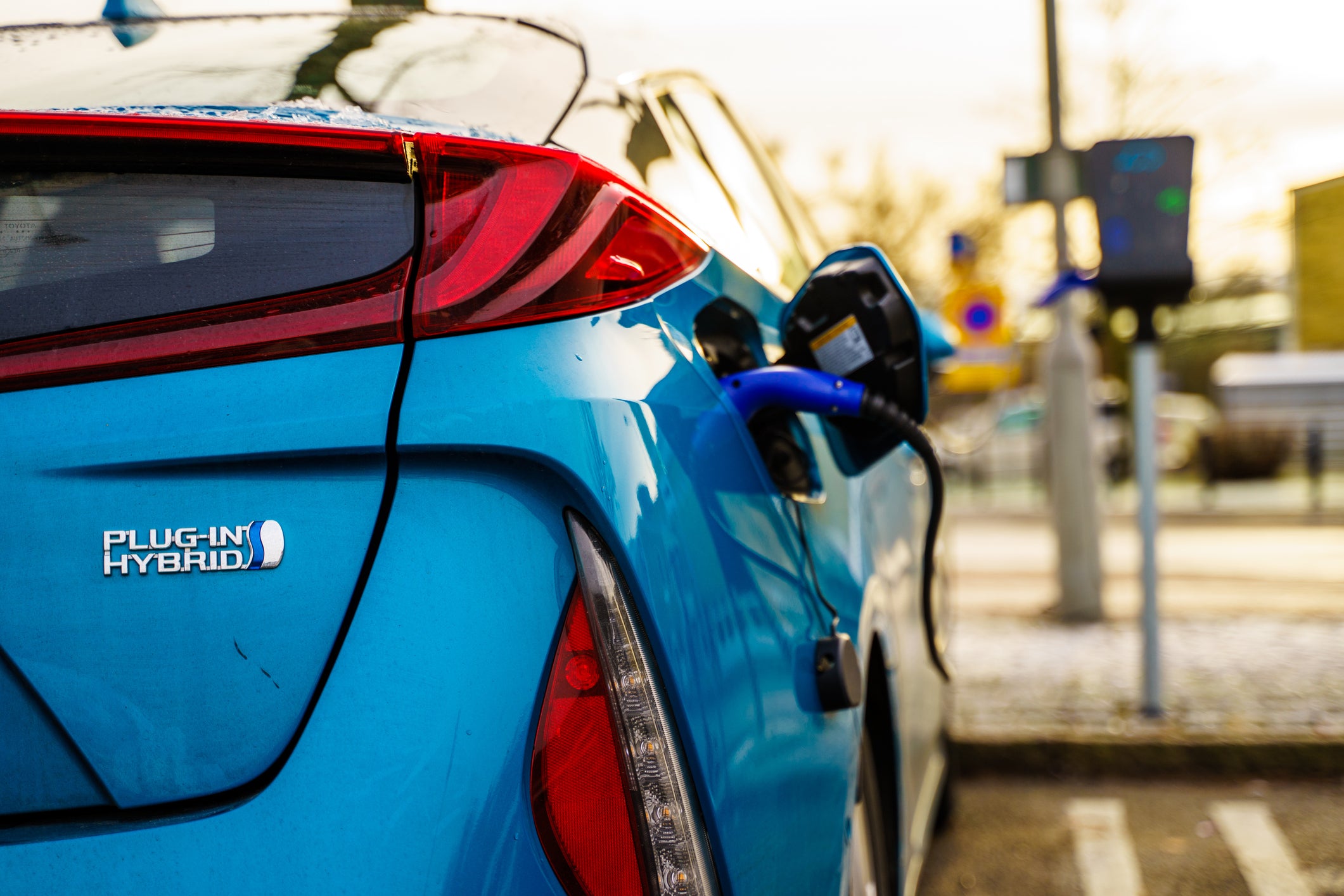In 1993, Toyota motor company started work on a revolution.
Project G21 was launched with the goal of selling a mass marketed automobile that raised miles per gallon estimates by 1.5 times their average at the time. In an even bolder move, Akihiro Wada, Vice President of Research and Development moved that target to two times the efficiency.
Engineers decided that a hybrid powertrain powered by a small engine and a large nickel cadmium battery pack would be the mixture to success.
In 1995, at the Tokyo Auto Show, the Prius, Latin for “Prior” was introduced. It was a small econobox shaped car based heavily off the Toyota Echo and was fraught with problems. The farthest it moved without issue was 500 meters.
Toyota had shown their cards early, as the polished production model hit the market in October of 1997. Toyota wasn’t the first to have a hybrid, but they are the first to make it work commercially, hitting 15 million units sold worldwide in 2020.
MORE: MotorHeadline: Manual transmission becoming thing of the past
When hybrids first started hitting the market, I was just getting into the car business. I was surrounded people raised on carburetors and chrome. The consensus among them at the time reflects much of what many people think about full electric vehicles today.
It was full panic. Many mechanics were terrified of working on them, or flat out refused service all together.
Batteries were thought to cost $8,000 and failed every few years. The hybrid was the butt of jokes, from shop talk to a South Park episode.
Being young and pliable by the experts that surrounded me, I felt the same way for a very long time. It wasn’t that I thought that the cars were inherently poor, it was that I didn’t trust myself to service them. It was easier to ignore them as they made up a very small segment of the automotive market.
Now, not only do I service them, but I have also helped shape the curriculum for instruction on hybrid vehicles for the State of Georgia. Things change quickly in this business.
Hybrid vehicles are marketed much differently than most other vehicles and have a differing demographic of buyer. Most hybrid owners are older, more affluent, and mainly use their vehicle for long commutes.
The advertising is pointed at engineers, traveling professionals, and eco minded buyers. This shapes hybrids in the minds of most people as slow, dull, and boring. Some are just that.
Full electric cars, like the Tesla models, Mustang Mach E, and Polestar are a little more aggressive and luxurious. Tesla has the Model S, 3, X, Y, which spells “sexy.” This was done on purpose by command of Elon Musk himself and is one of his more famous marketing jokes.
Battery only powered electric vehicles have increased in popularity lately, but they are not without their problems, perceived or otherwise. Range anxiety, high upfront costs, and strains on the power grid keep most conventional buyers from taking the leap.
MORE: MotorHeadline: Maximize your fuel efficiency
The great thing about a hybrid vehicle is it solves these problems well. They do typically cost more than the gasoline version of the same vehicle but not nearly as much as the full electric vehicles on the market.
Plug-in hybrids are now part of the solution as well. Vehicles such as the Chevy Volt, Prius Prime and the Ford Escape give owners 10-15 miles of engine free operation before needing any fuel, and these hook up to public and home charging systems.
Maintenance costs are higher for most hybrid vehicles, as replacement parts are more expensive and service times are longer. Resale values vary but are generally higher than the gasoline only versions.
Hybrid vehicles are a good option for buyers that want to save money on fuel, reduce carbon emissions and get acquainted with a high voltage electric vehicle. By the time you are ready for your next car, electric vehicle technology will be much more advanced than it is now, leading to lower prices and higher ranges.
Until then, I will see you on the road!
Taylor Bryant is an automotives instructor for Augusta Technical College.











